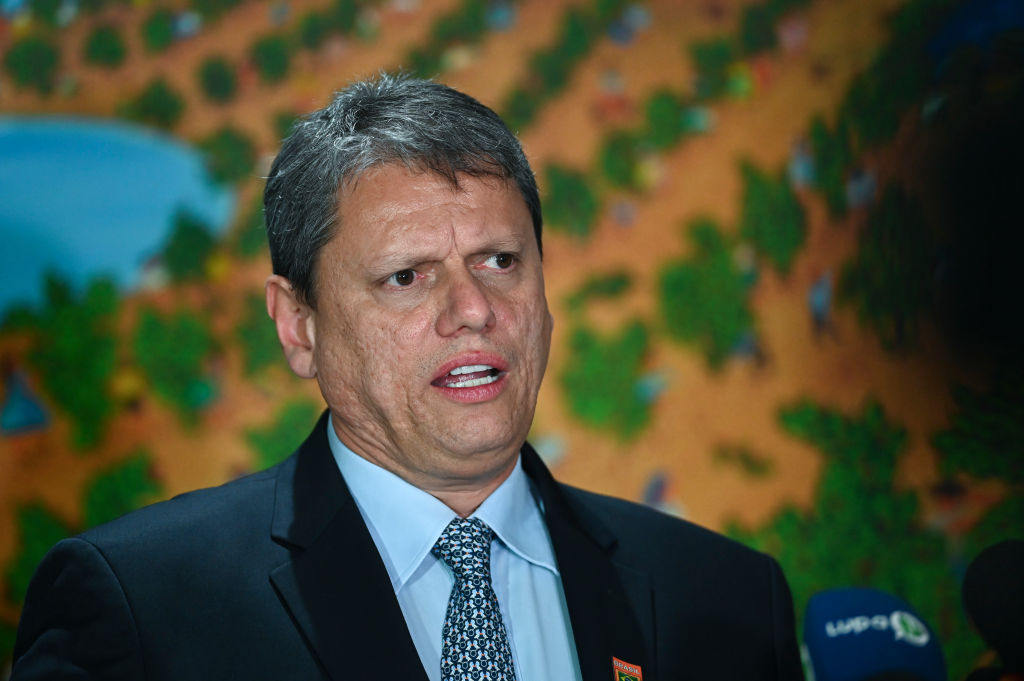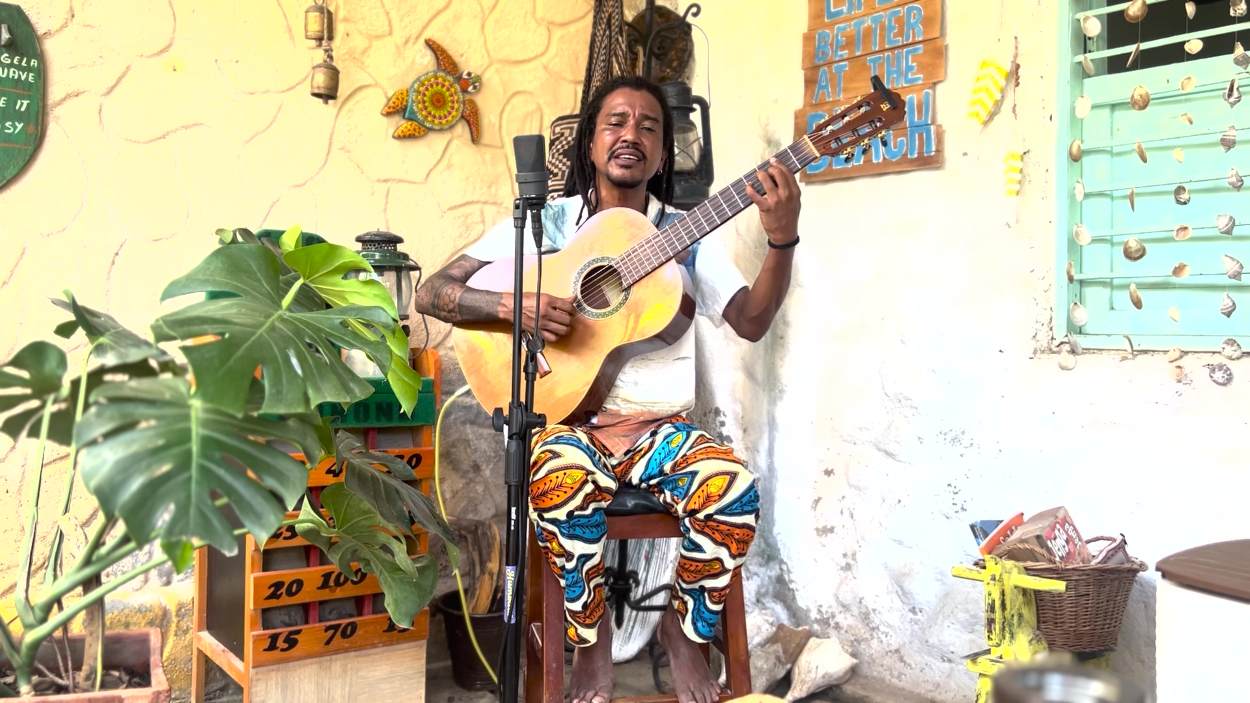Introduction
For the fourth consecutive year, the Americas Society and Council of the Americas (AS/COA) brought together leading public and private sector representatives to analyze Brazil’s economic prospects. Hosted in collaboration with the Brazilian Center for International Relations (CEBRI), the annual AS/COA Latin American Cities Conference in São Paulo featured several keynote speakers along with two panels. Keynote speakers included:
-
Fernando Haddad, Minister of Education
-
Henrique Meirelles, President of the Central Bank
-
Antonio Patriota, Brazilian Ambassador to the United States
-
Clifford Sobel, U.S. Ambassador to Brazil
-
Susan Segal, President and CEO, Americas Society and Council of the Americas
-
José Botafogo Gonçalves, President, CEBRI
Conference panelists included:
-
Gene Huang, Chief Economist, FedEx Express
-
Floyd Kvamme, Partner Emeritus, Kleiner Perkins Caufield & Byers
-
Michel Levy, President, Microsoft, Brazil
-
Roberto Macedo, Economist, FAAP
-
José Olympio Pereira, Managing Director, Head of Brazil Investment Banking, Credit Suisse
-
Lisa Schineller, Director, Latin American Sovereign Ratings, Standard & Poor’s
-
Nelson Sifert, Chief of the Energy Department, BNDES
-
Maurício Tolmasquim, President, Empresa de Pesquisa Energética
-
Roberto Vellutini,Manager for Infrastructure and the Environment, IADB
The São Paulo Conference, which convened nearly 250 participants, was part of AS/COA’s signature 2007 Latin American Cities Conferences. This summary provides an overview of the main themes addressed during the conference.
Background
The Latin American Cities Conference was created by AS/COA to unite high ranking government officials, prominent business leaders, policymakers, academics, and other noteworthy guests to discuss economic analysis and projections, political trends, opportunities for growth and investment, regional integration, energy, and other relevant issues for the region.
In Brazil, the centerpiece of President Luiz Inácio Lula da Silva’s near-term economic policy is the Growth Acceleration Program (PAC) unveiled in January. The PAC calls for the government to raise average GDP growth to 5 percent per year. The main driver is increased public and private sector investment in infrastructure. In the first quarter of 2007, the real GDP grew over 4 percent in comparison to the same period last year.
Summary
The São Paulo City Conference focused on Brazil’s outlook for growth and investment. Speakers and panelists explored the opportunities and challenges for promoting higher and more sustainable growth, along with short-term and long-term investment scenarios. Education and trade are the key pillars for Brazil’s future economic competitiveness.
Education and Development
Education is a key driver of a knowledge-based society. For Brazil, a central challenge is improving the quality of its education system, according to Minister Haddad. He argued that education is directly linked to a country’s ability to generate wealth and promote sustainable growth. Long-term economic growth and sustainable development hinge on improvements in human capital.
The private sector can play a unique role in reshaping the education system. As an example, Minister Haddad mentioned the Rouanet Law—a recently introduced measure that offers tax benefits and patent ownership when a company collaborates with the government to invest in science and technology projects.
Panelists stressed the importance of investment in education as key for fomenting innovation. Floyd Kvamme noted that many new innovation industries started with recent university graduates in the United States and other countries. Besides strong educational systems, a technologically knowledgeable investment community is an important factor for facilitating new business creation. Kvamme encouraged Brazilian companies to think globally, explore potential markets, and seek efficient locations for their production. According to Nelson Sifert, with a greater investment in innovation over the next 10 years, Brazil will be able to sell its technological know-how as India does.
To remain globally competitive, the quality of the labor force should be improved through better education, according to Lisa Schineller and Gene Huang. The Growth Acceleration Program (PAC) represents a means to educate the labor force and generate higher labor productivity. In return, this gives Brazil the tools necessary to create a sustainable and innovative economy.
Long-term Growth Outlook
Brazil’s commitment to macroeconomic stability has created more stable long-term growth prospects. A consumer boom, increases in real wages, and the transfer of jobs from the informal to formal sector are indicative of the success of recent financial measures and structural reforms. Improved capital markets are evident by the impressive number of companies listed on the local stock market, the BOVESPA, and the growth in initial public offerings. Through early August, the total value of IPOs reached 36.7 billion reais this year; in comparison, IPOs totaled approximately 17.4 billion reais in 2006 and 7.2 billion reais in 2005.
Recent reforms have helped to spark the current account surplus, low inflation, and increased foreign direct investment (FDI) over the past five years, according to Henrique Meirelles. FDI has reached $27 billion this year, a jump from just over $15 billion in 2005. For Lisa Schineller, the capital markets and the overall economy are changing. Continued pragmatic policies are crucial to minimizing risk potential.
Energy security is a separate but critical component to ensuring long-term growth.Mauricio Tolmasquim and Nelson Sifert argued that Brazil has a coherent and integrated strategic plan for its energy sector. In the next 25 years, Brazil is expected to invest $800 billion—$32 billion a year—towards expanding its energy supply. Forty-nine percent of investments will be directed to oil projects. Brazil will need to build seven new oil refineries in the next 25 years to meet growing demand. In addition, some 35 percent of funds will be invested in large hydroelectric projects and 12 percent in natural gas related projects.
Trade Prospects
Over the past few years, exports have grown steadily and both trade partners and products continue to diversify, according to Meirelles. Gene Huang emphasized that Brazil’s future role in the global market appears to be rather positive. Looking at Brazil’s access index—its ability to facilitate interactions, contacts, and exchanges among people, businesses, and countries—the country ranked 47 out of 75 countries. Huang attributed this position to challenges in infrastructure and creating a stable macro-environment.
Bilateral trade opportunities with the U.S. are an important area for expansion. According to Ambassador Patriota, greater cooperation in the area of biofuels represents a unique opportunity. Brazil’s competitiveness is this field is recognized worldwide, both in terms of production and innovation. But, challenges lie ahead such as working through the issue of U.S. taxation of Brazilian ethanol imports.








